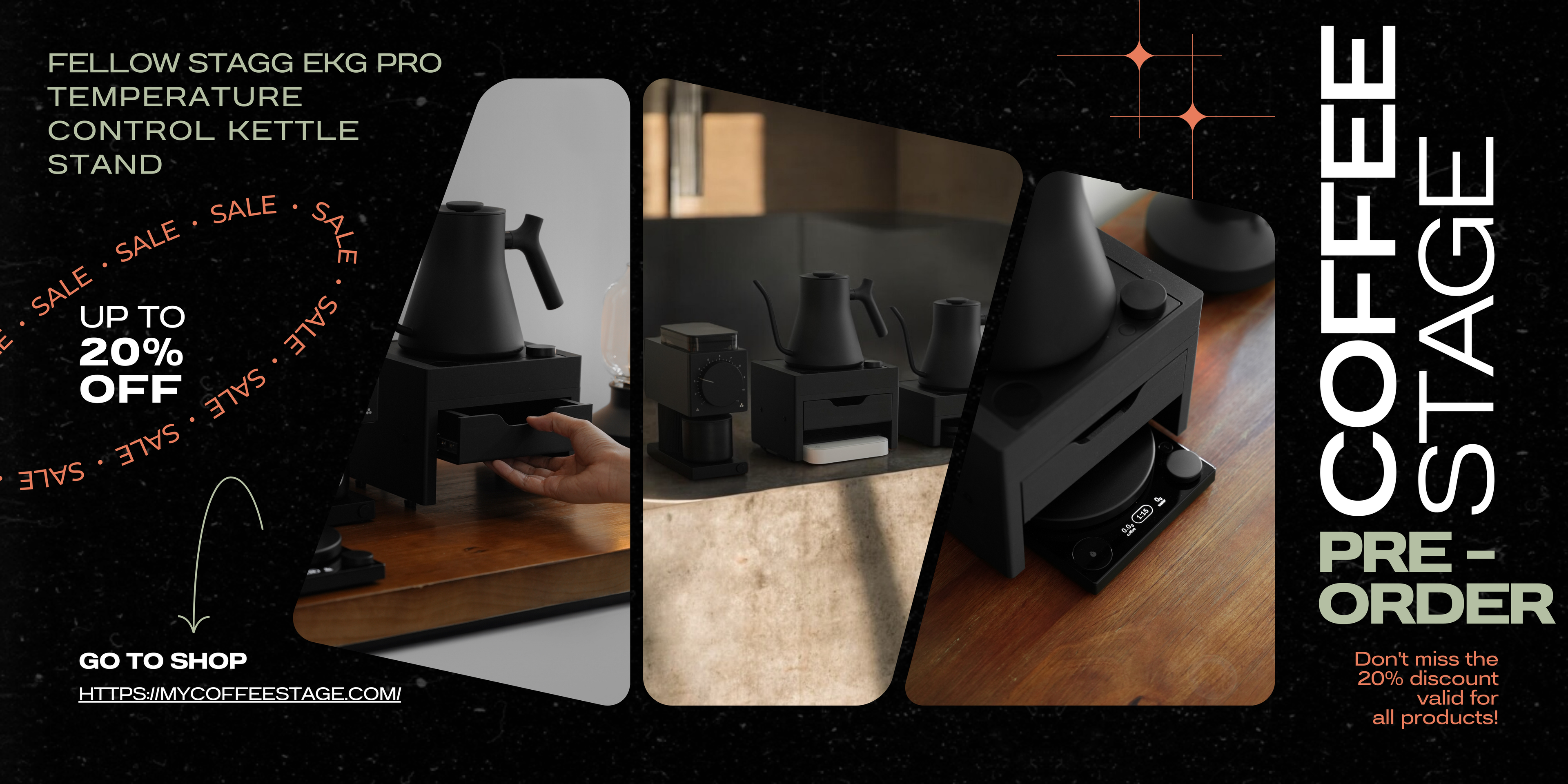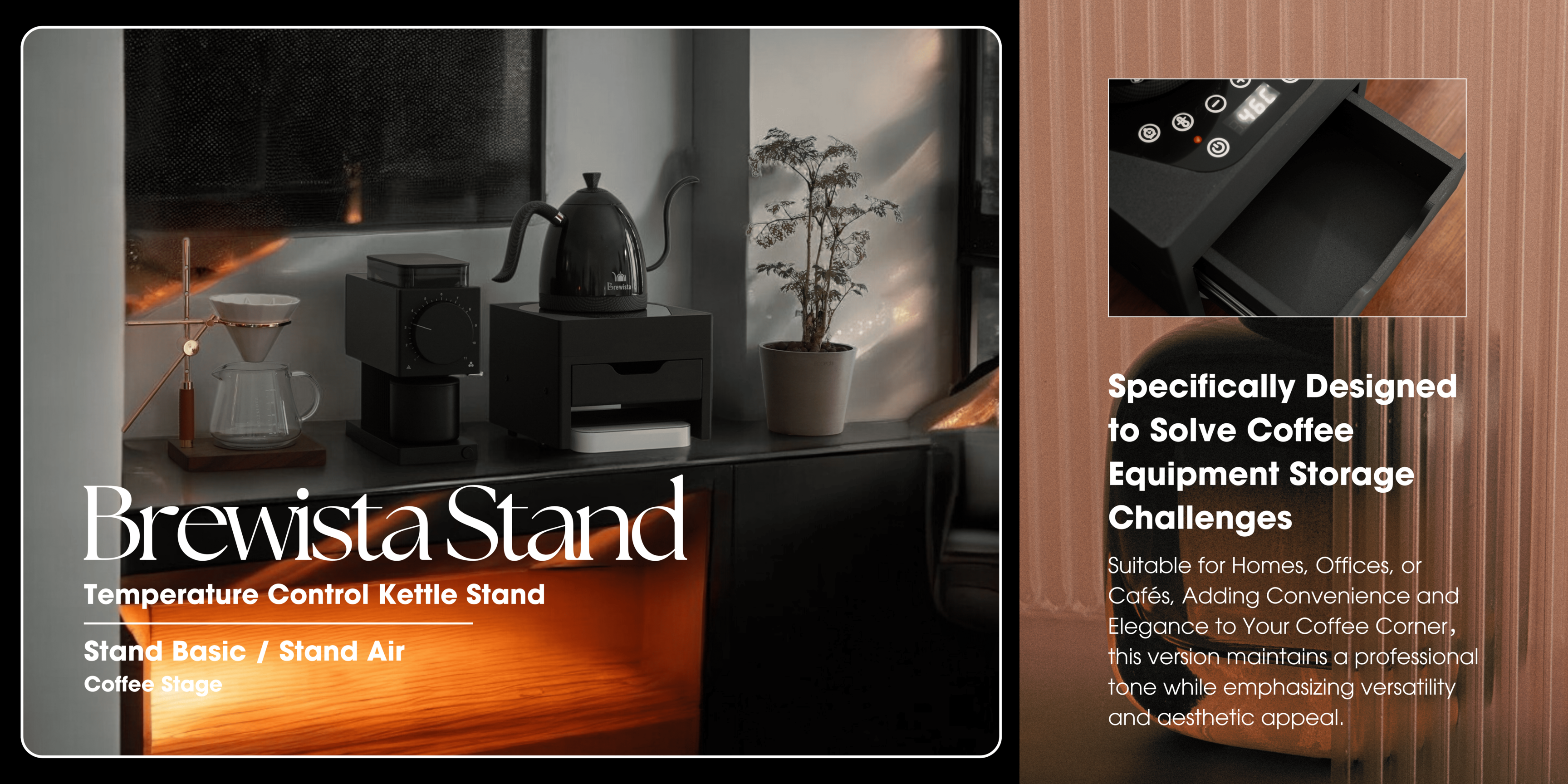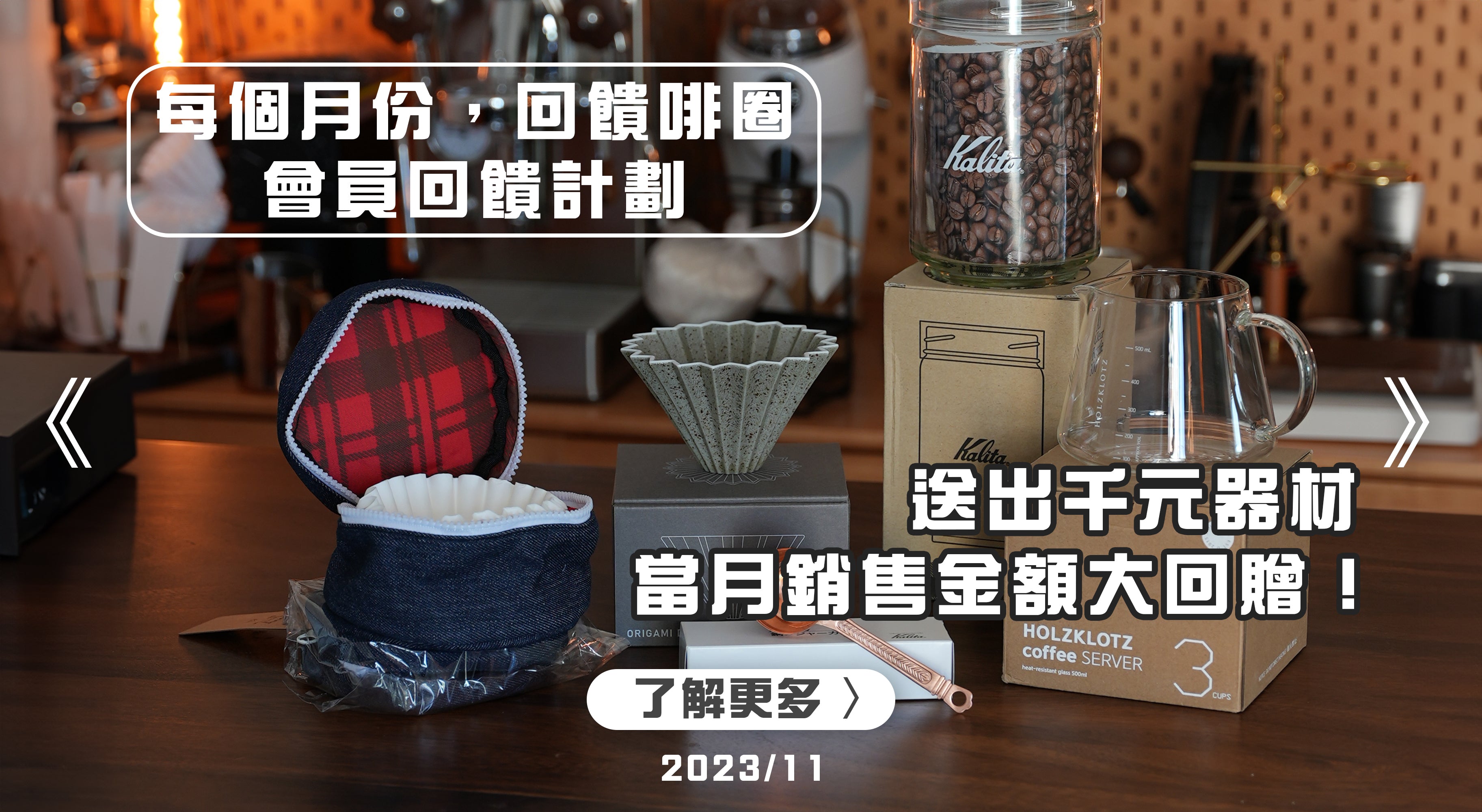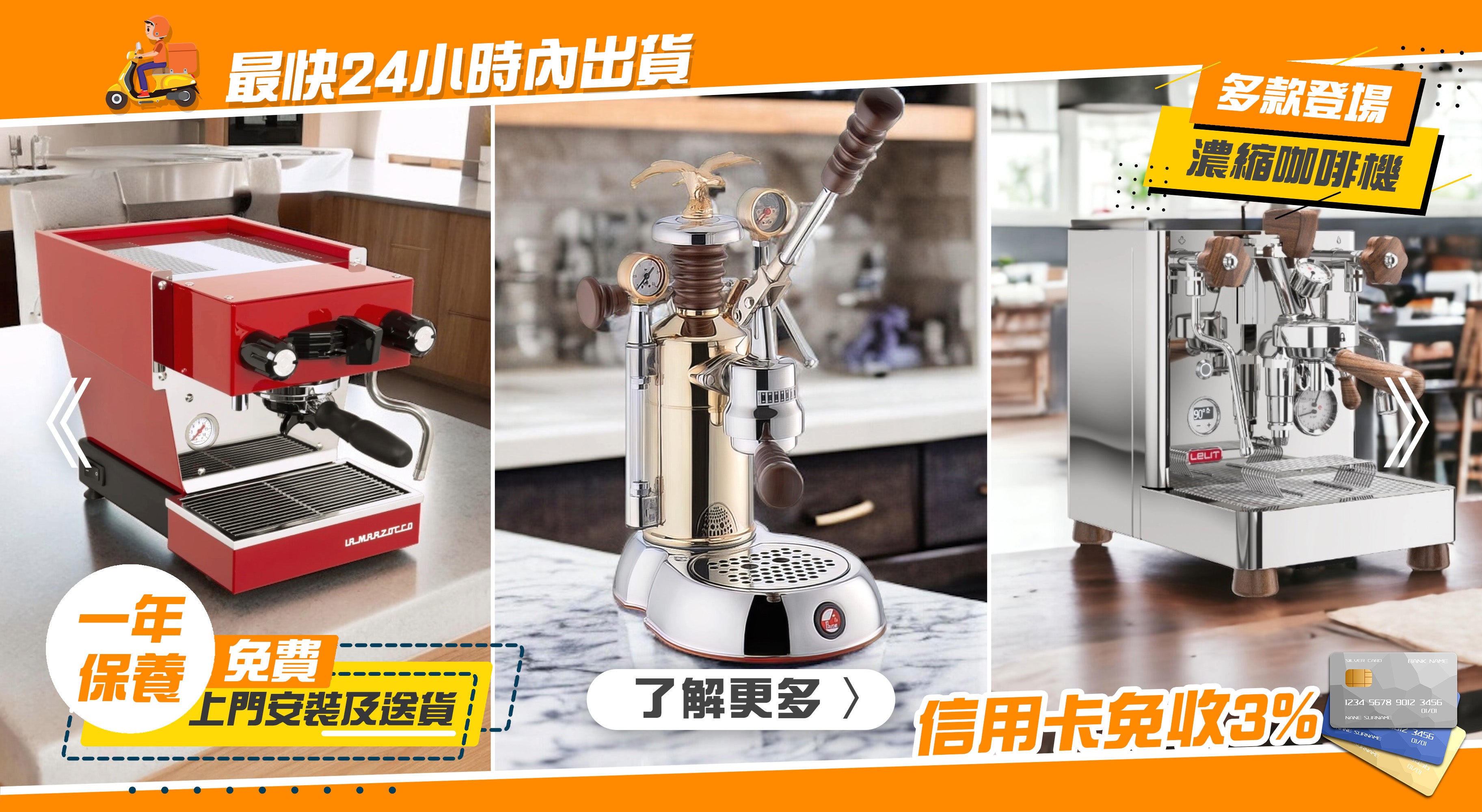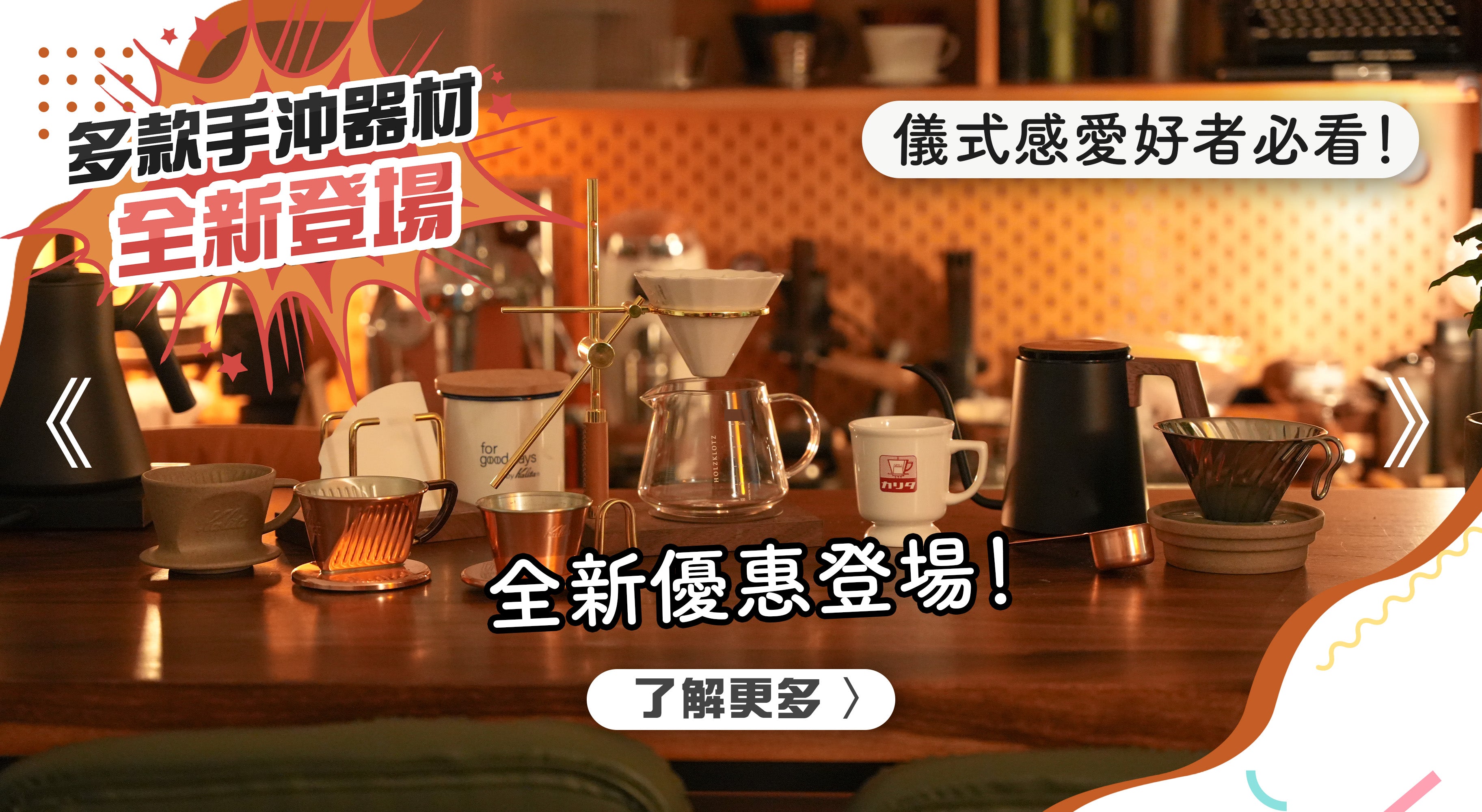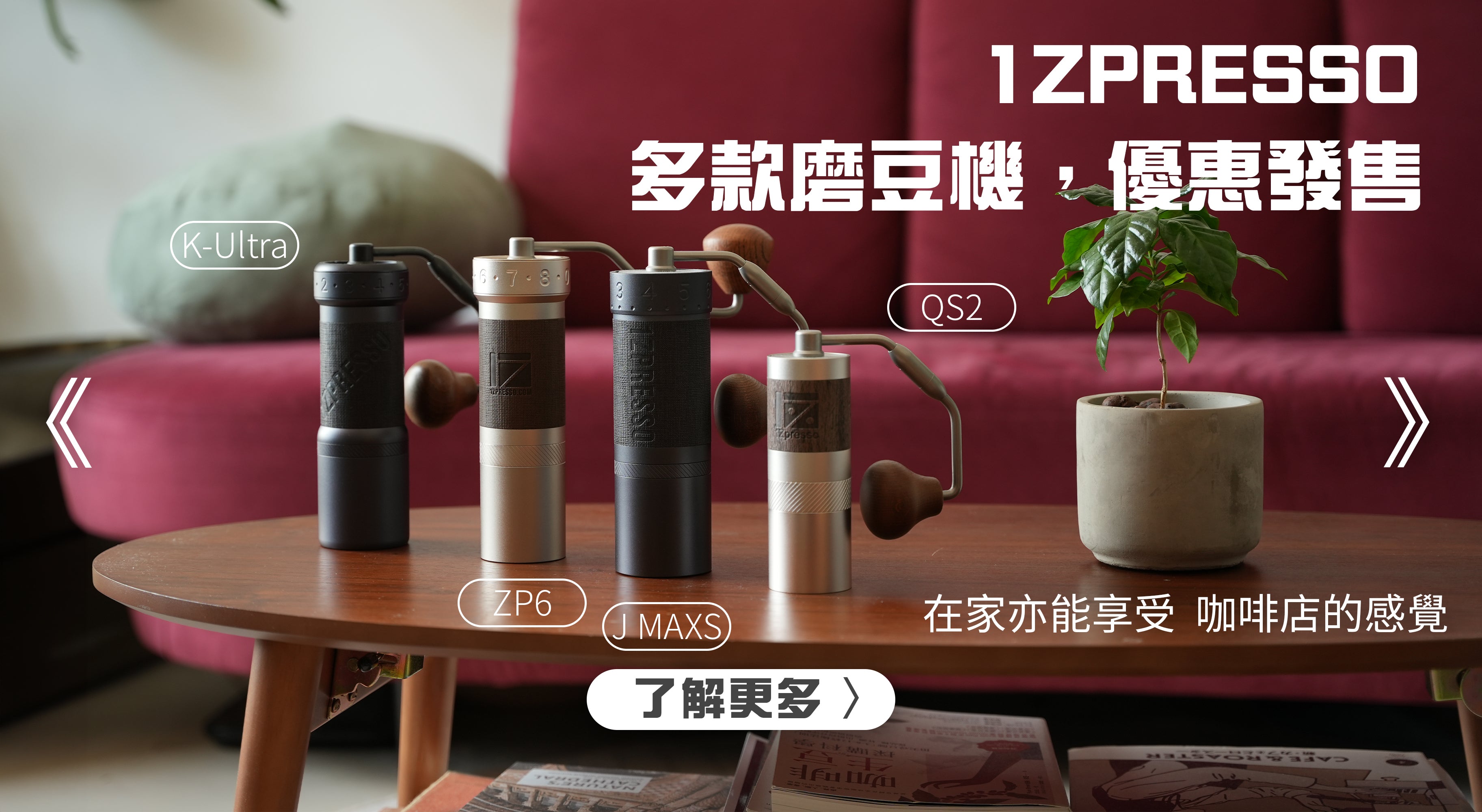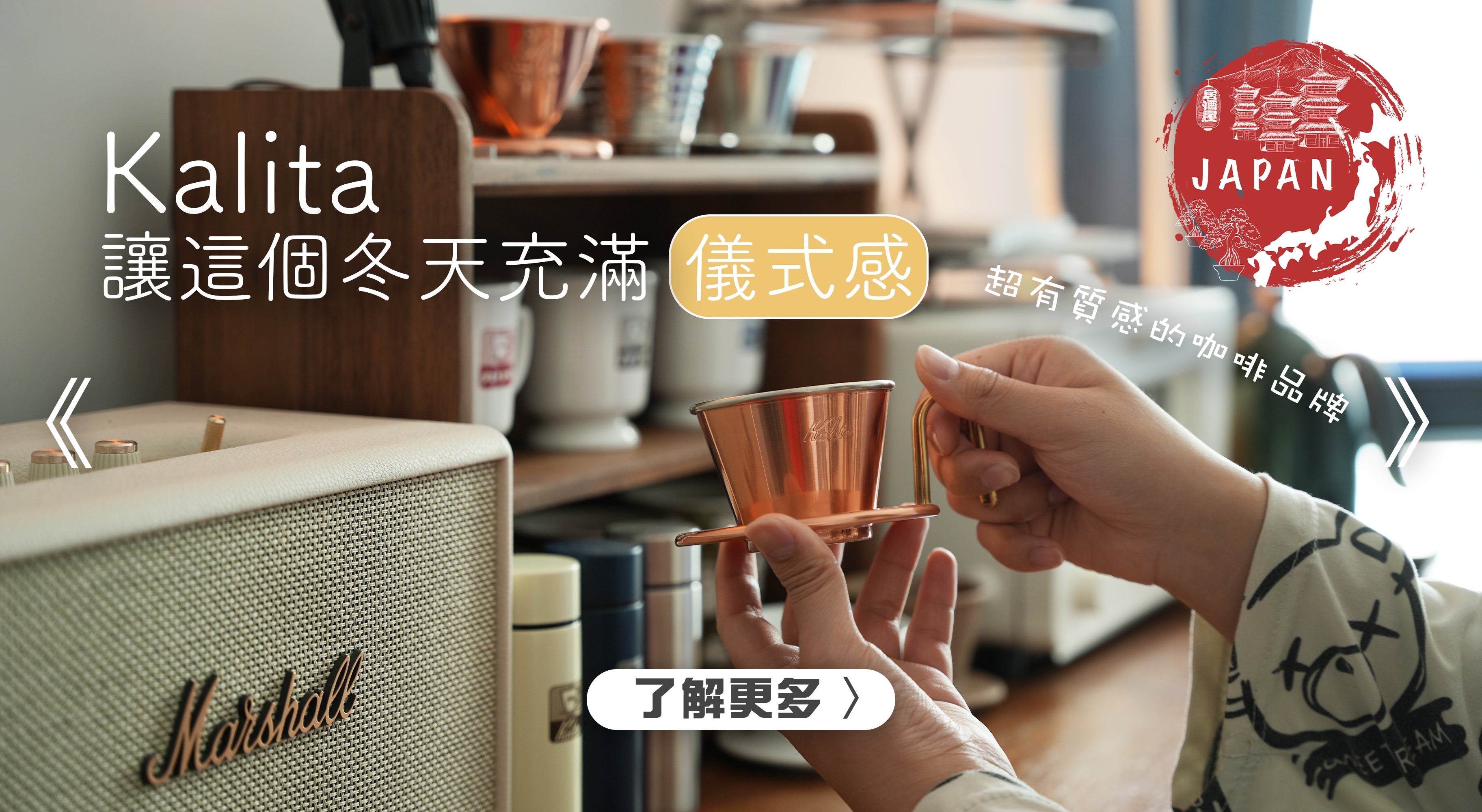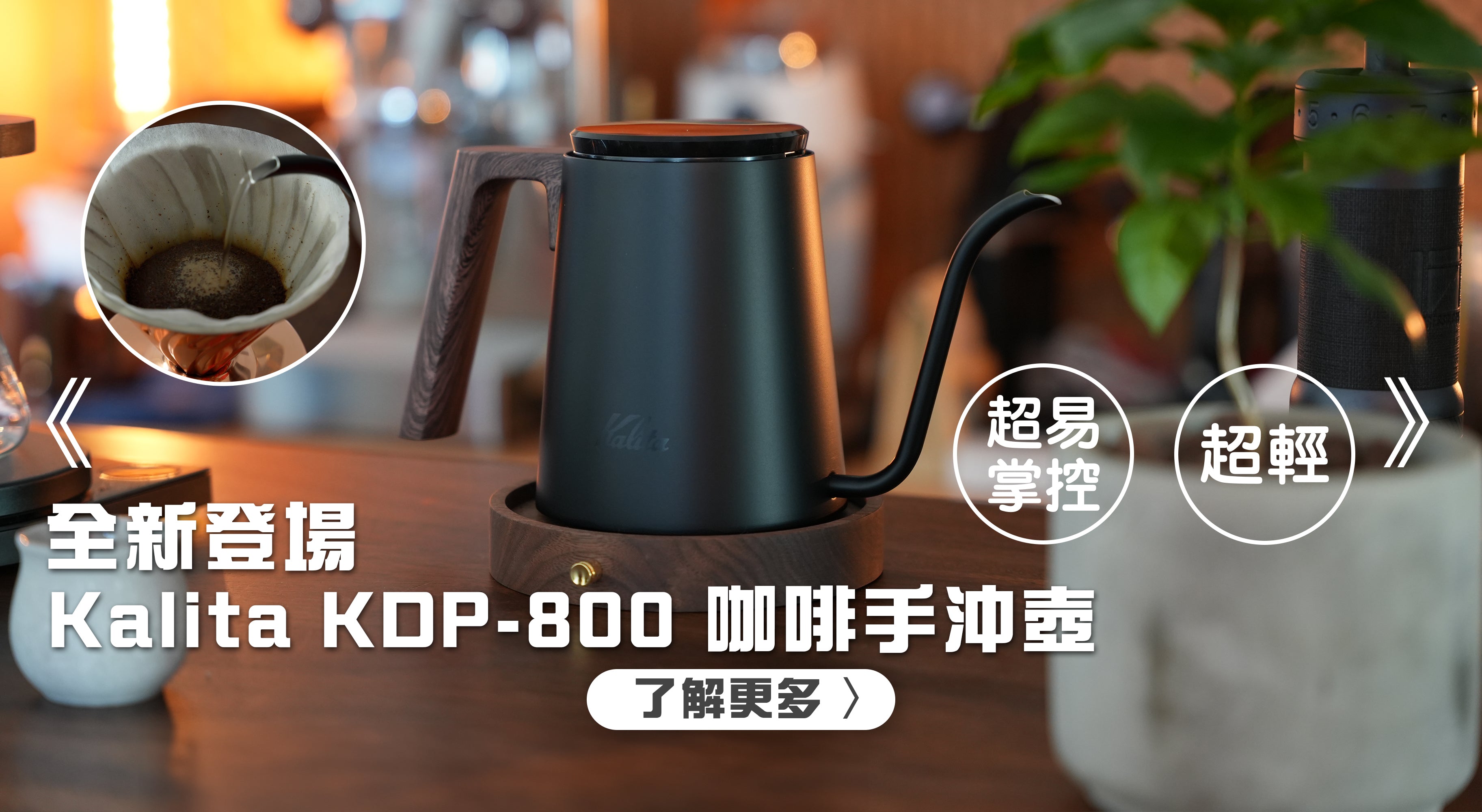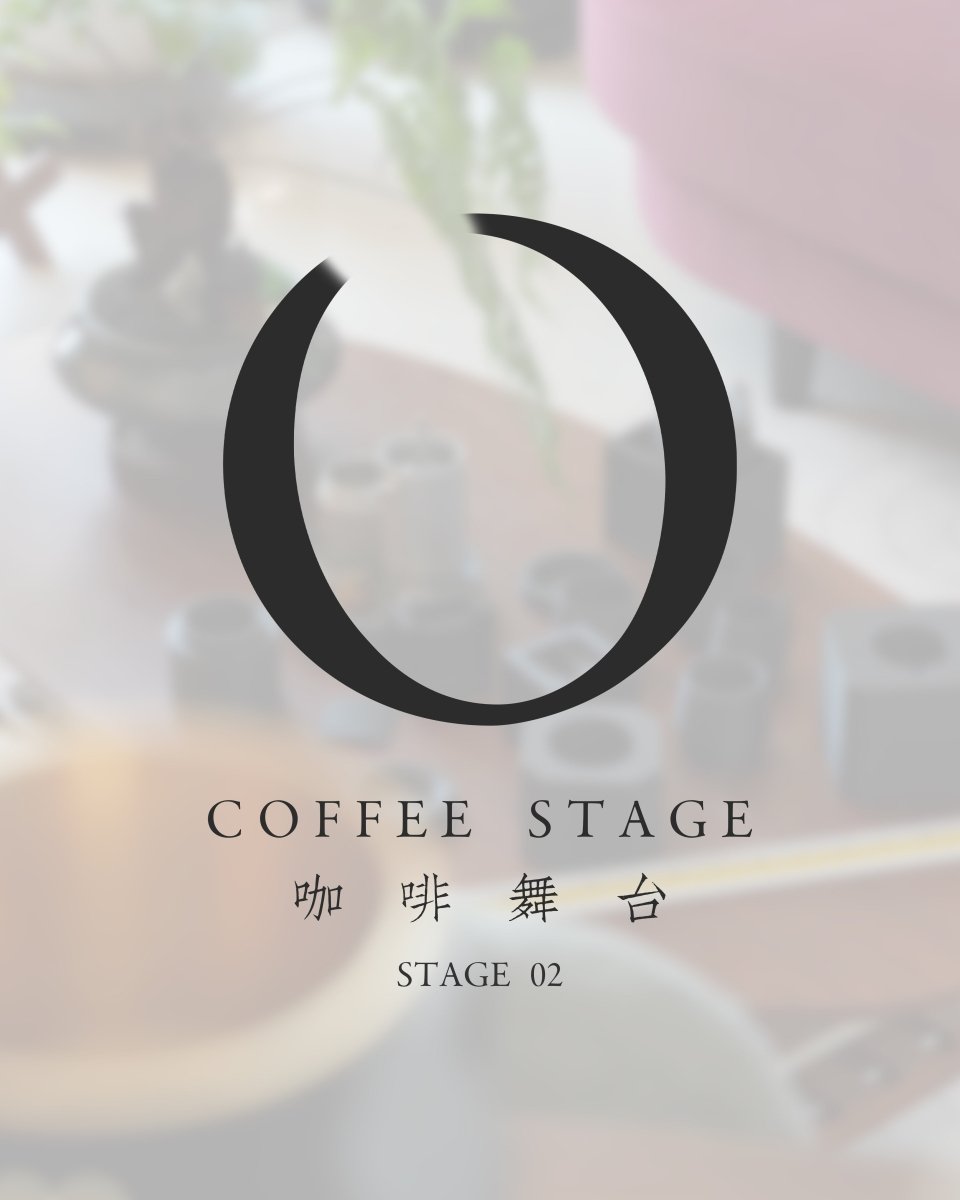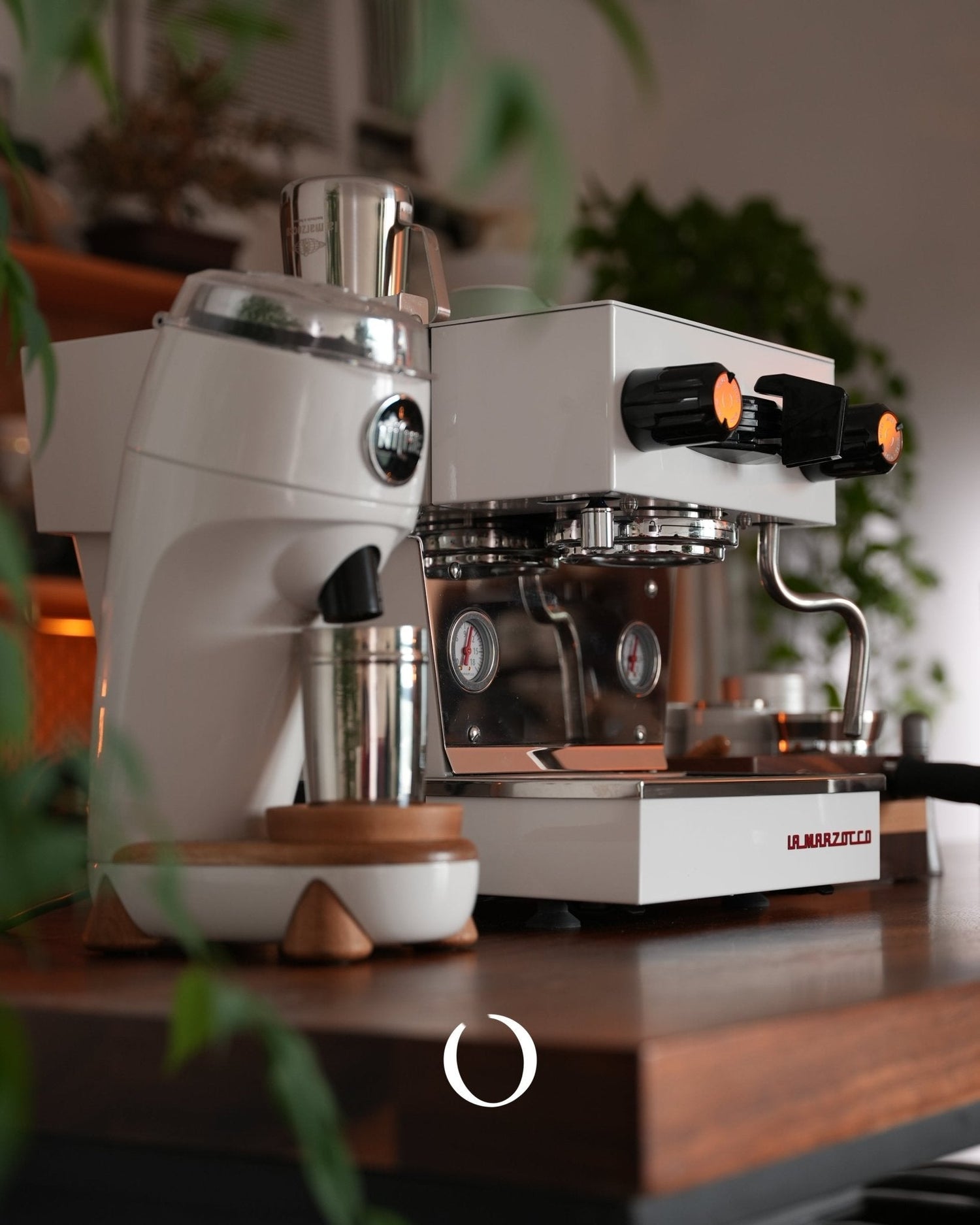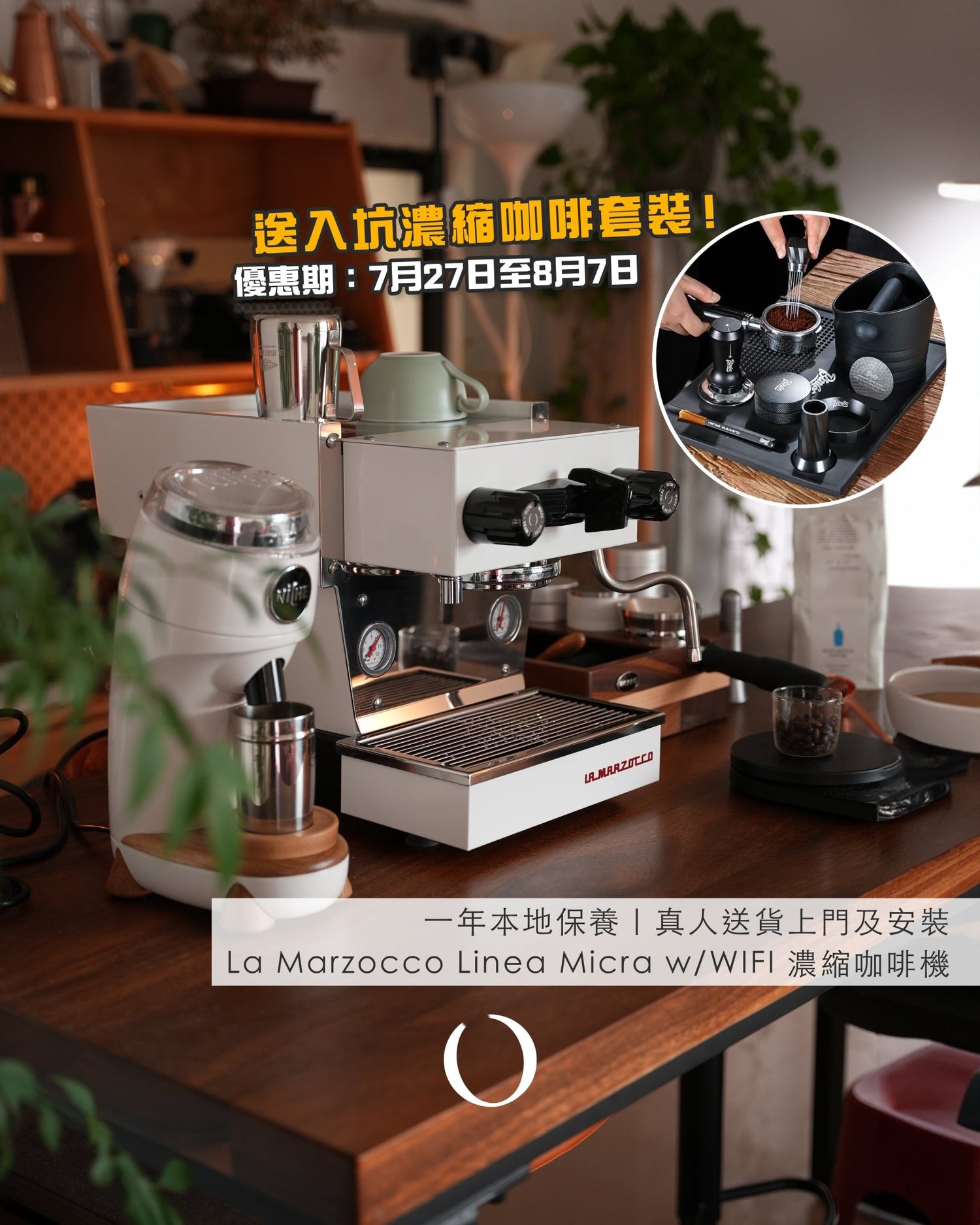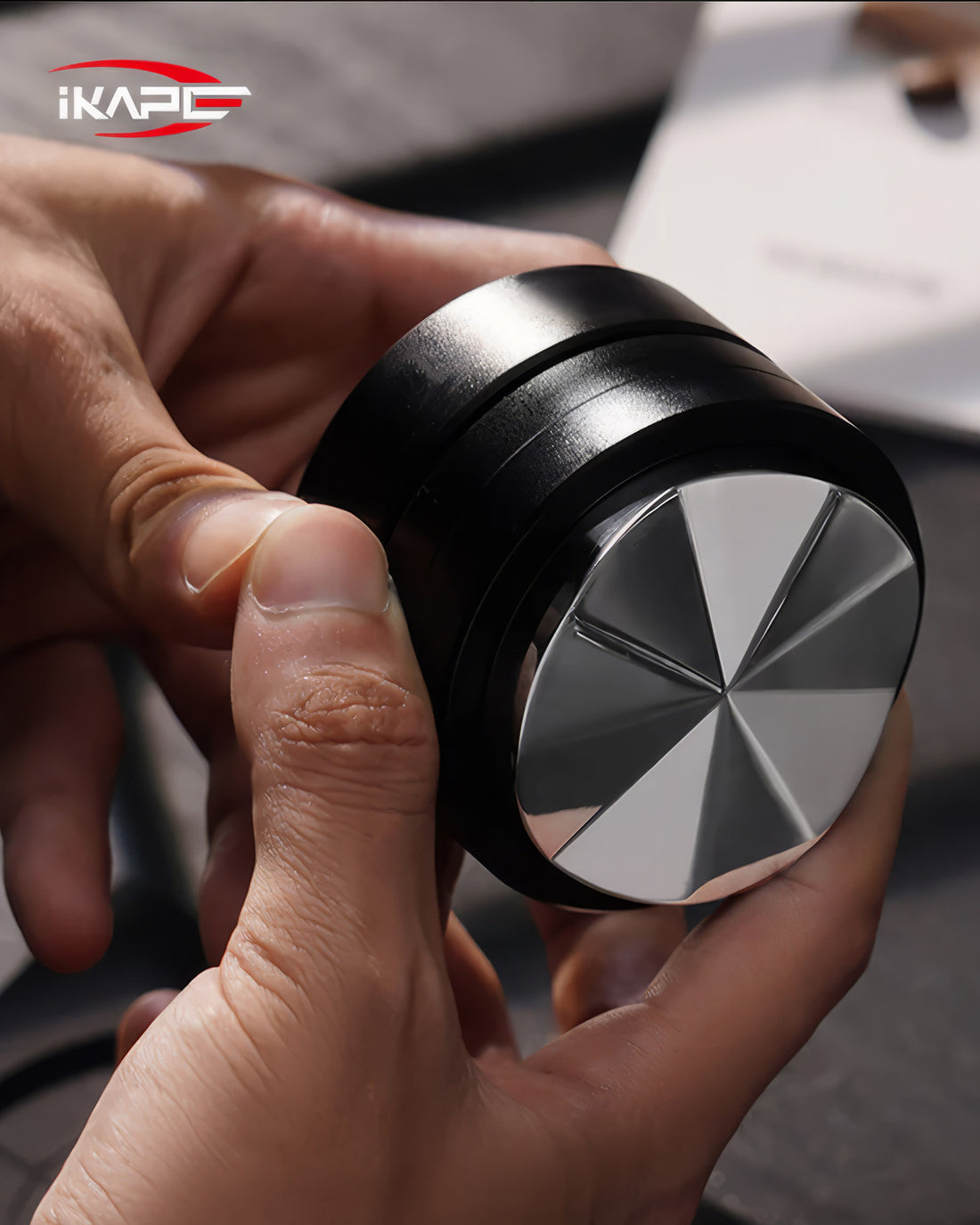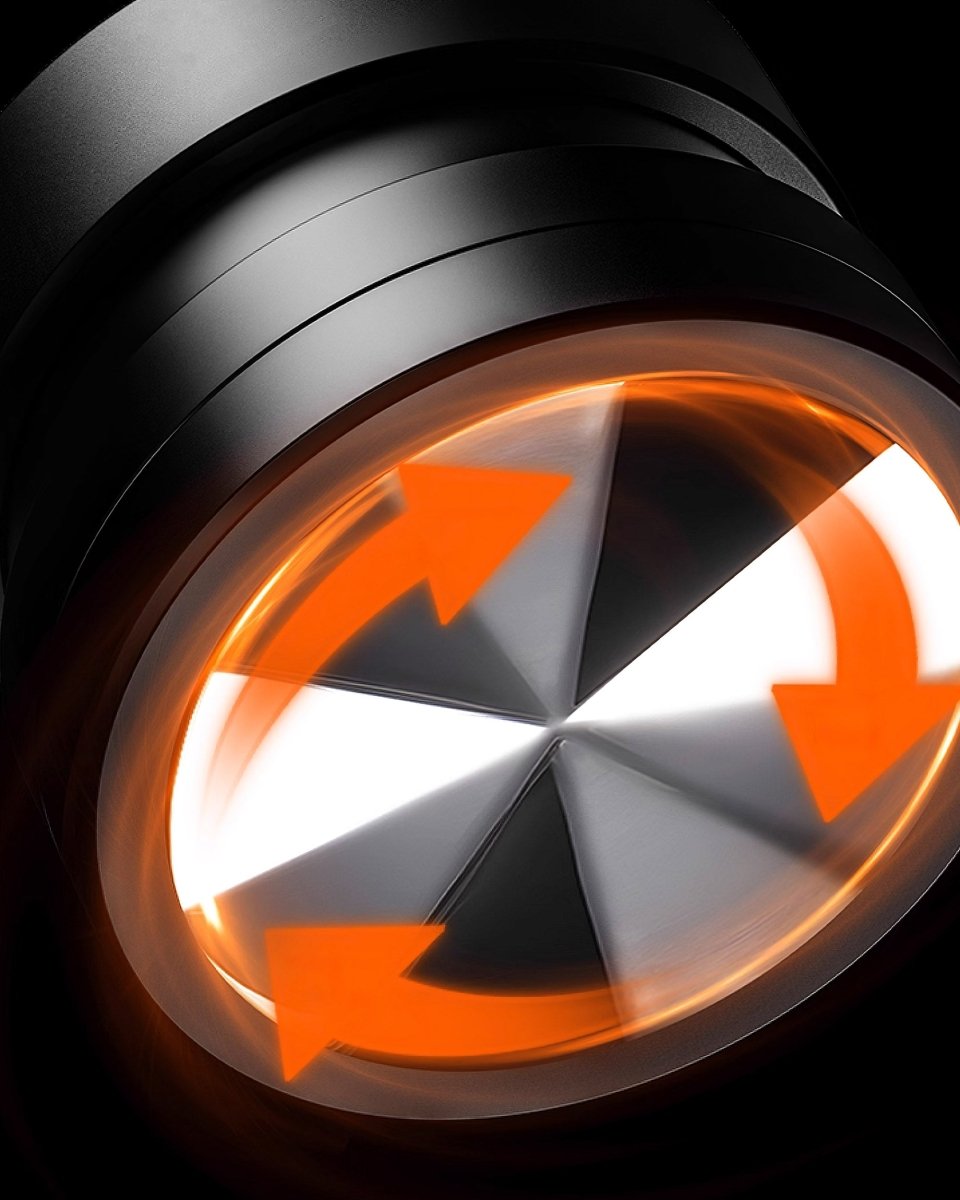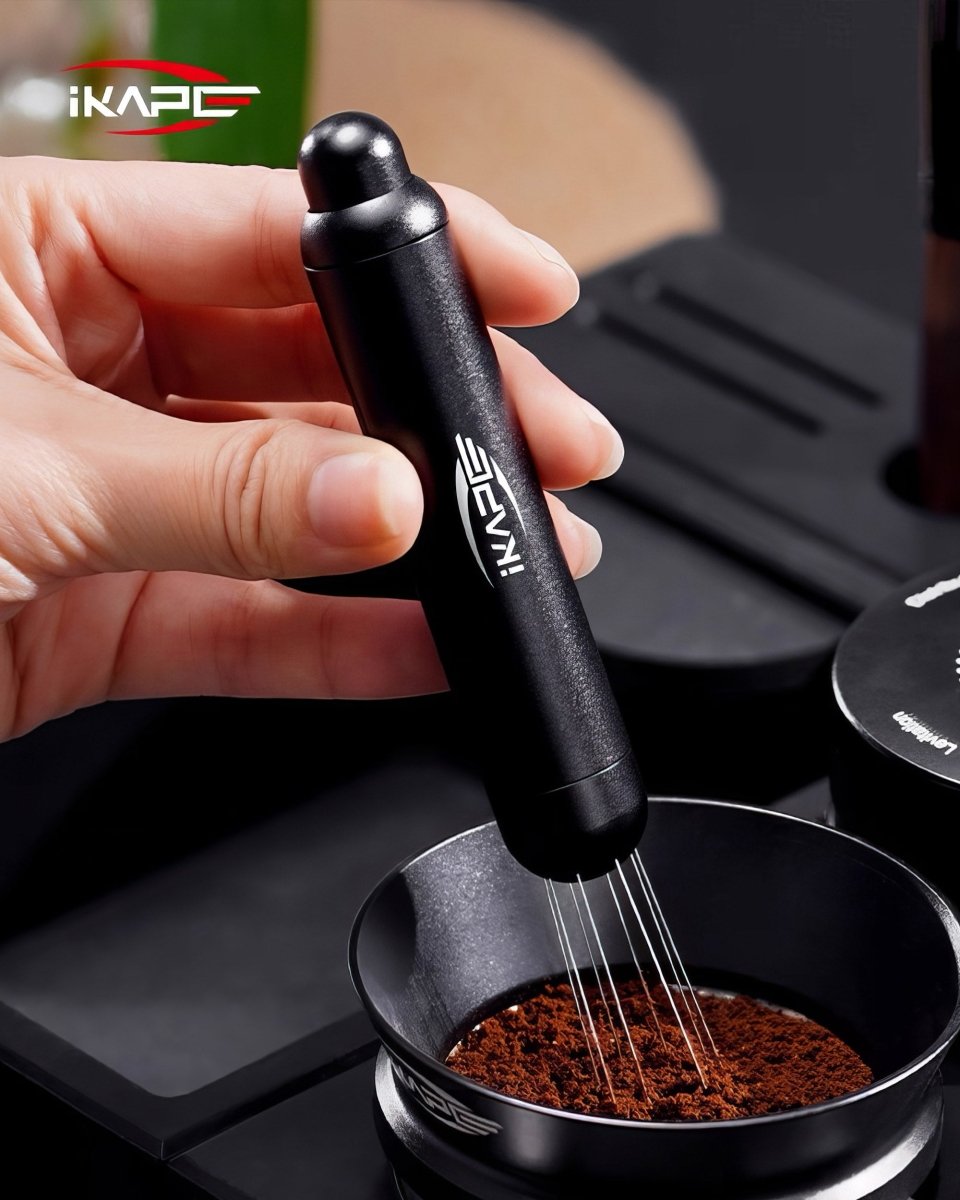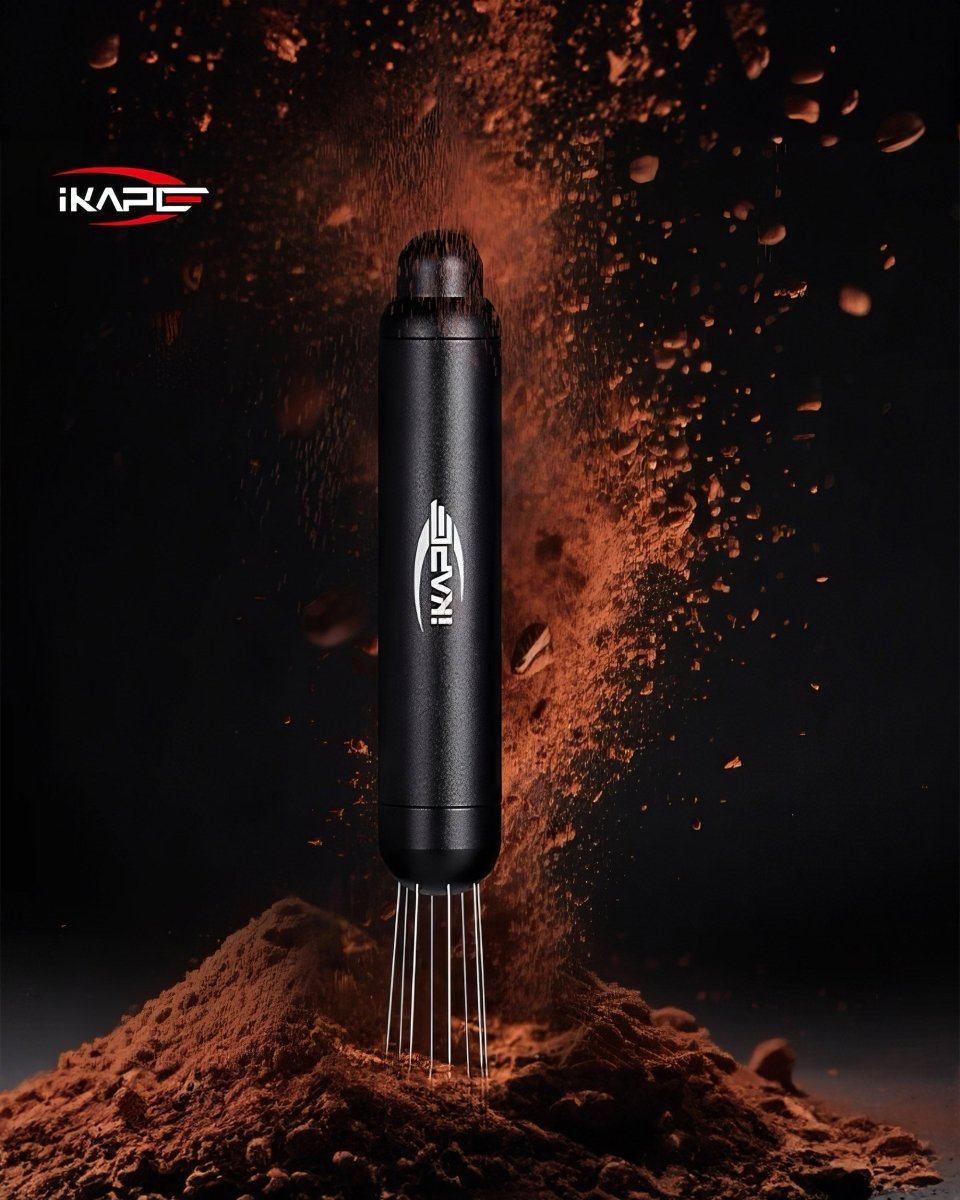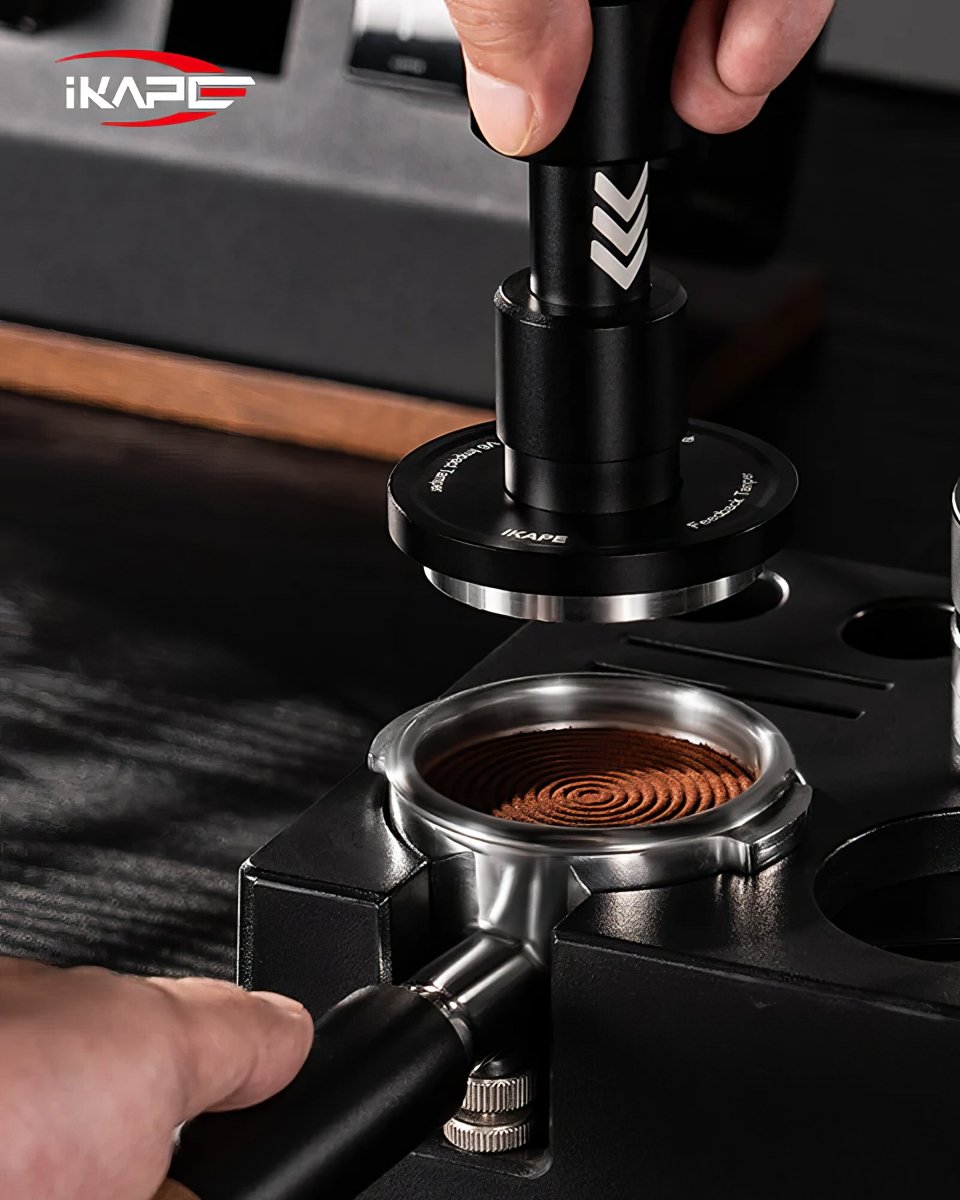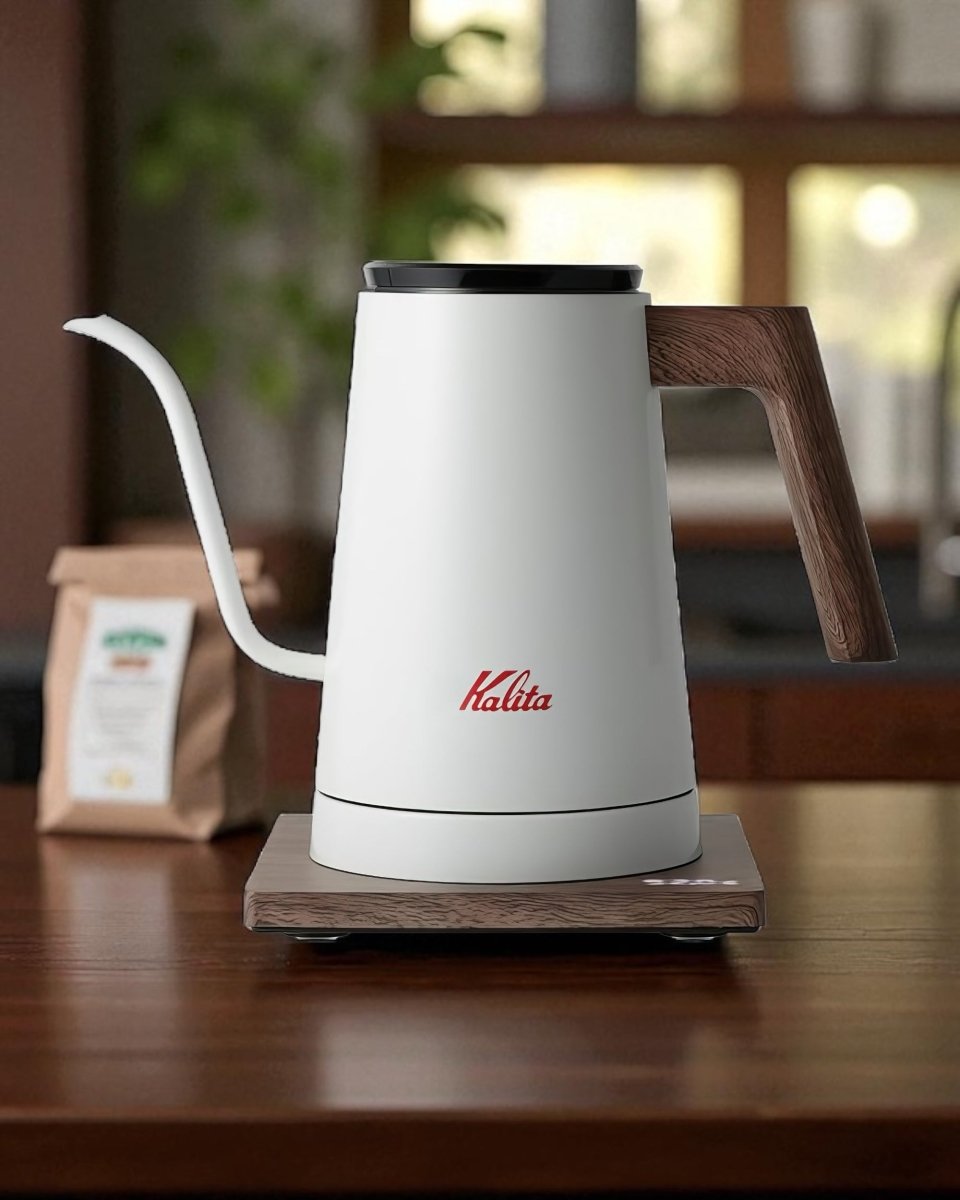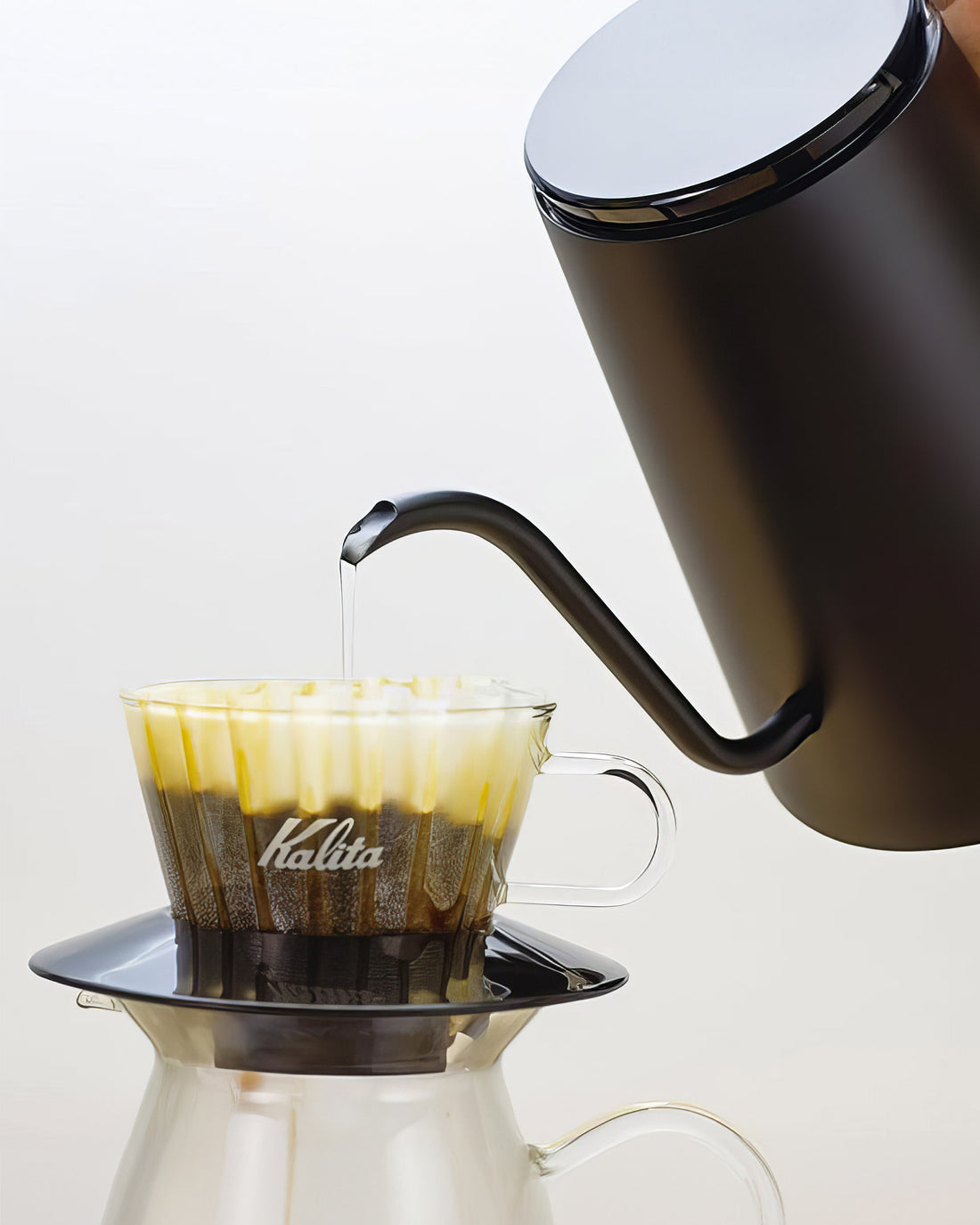In recent years, many of my friends have fallen into the big pit of hand-brewed coffee. However, when entering this pit, everyone encounters the same problem—facing various hand-brewing equipment that looks similar but has vastly different prices. For beginners, how should they choose hand-brewing equipment?
So today, I want to share with everyone what equipment you should prepare if you want to start hand-brewing coffee.
Beginner's Guide to Choosing Hand-Brewing Coffee Equipment
Today, the main discussion is about hand-brewing equipment because with these basic tools, you can officially start hand-brewing coffee. As for the selection of coffee beans, I might write a dedicated article to explain in detail later and will briefly discuss how to choose high-quality coffee beans at the end of this article.
What Hand-Brewing Coffee Equipment is Available on the Market?
If considering the budget, it's best to first choose some practical entry-level coffee equipment:
-
Hand-brew Kettle: An essential tool. If the budget allows, consider purchasing an electric hand-brew kettle.
-
Filter Cup: It is recommended to buy a V60 cone-shaped filter cup and a 155 flat-bottom filter cup to try out.
-
Coffee Server: A regular glass type can meet the needs.
-
Electronic Scale: A must-buy, as it is necessary to accurately measure the ratio of coffee grounds to water, especially when starting, these parameters are very reliant upon.
-
Grinder: Very important, it is recommended to get a reliable quality grinder.
-
Filter Holder: Convenient for placing the filter cup after use, to avoid coffee liquid dripping everywhere.
-
Filter Paper: Prepare one pack of filter paper for both V60 and 155 filter cups.
The above are roughly the basic equipment needed for beginners to get started, and I will explain in detail the uses of these tools next.

The Importance of the Hand-Brew Kettle
The main purpose of a hand pour kettle is to pour hot water into a filter cup containing coffee grounds, allowing the coffee liquid to gradually drip out. This may sound simple, but in reality, the choice of hand pour kettle has a significant impact on the brewing results.
The most popular hand pour kettle brands on the market are Fellow and Brewista. However, when entering the hobby, people often face the same question I did initially: Should you use a lower budget to get an ordinary hand pour kettle, or should you increase the budget to choose one with temperature control features? The price difference between the two can be several hundred to a thousand dollars, and there are also some affordable options on the market, such as the Timemore hand pour kettle, which is also a good choice.
If you choose a hand pour kettle without temperature control, the price is roughly between 100-200 dollars. I think this decision depends on personal budget, but if you really want to deeply experience hand brewing coffee, temperature control can make the brewing process more convenient. Especially during daily work, study, or rest, if there is a temperature-controlled kettle, you only need to pour water and press the boiling key, which is much more convenient than manual boiling.
In addition to convenience, temperature-controlled kettles also need to consider the design of the spout. Different brands of hand pour kettles have different spout designs; some are coarser, suitable for large water flow brewing, while others are finer, suitable for precise water flow control. These differences can affect the brewing results, so it is recommended to first check related videos online to understand the water flow situation of different kettle spouts before making a choice.

The Role of Electronic Scales
Electronic scales are indispensable tools in the process of hand brewing coffee. Basically, the purchased electronic scale only needs to display time and weight. More advanced electronic scales, such as the Fellow Tally Pro, not only respond quickly but can also display the powder-to-water ratio, which is very helpful for friends who are just starting to learn hand brewing.
The price range of electronic scales is between 200 and 300 dollars. At the beginning, you can choose a more affordable electronic scale to try. If there is a need later, you can upgrade to a more advanced model.

Choosing a Filter Cup
The choice of filter cup has a great impact on the flavor of hand brewed coffee. The most common filter cups currently are the V60 cone-shaped filter cup and the 155 flat-bottom filter cup.
The interior of the V60 filter cup usually has spiral grooves, and the water flow speed is relatively fast, but this also depends on the coarseness of the grind. There are many different materials for V60 filter cups on the market, such as ceramic, stainless steel, etc. Personally, I do not recommend using plastic materials because ceramics have better thermal conductivity and are relatively stable in quality.
The 155 filter cup features a flat-bottom design, usually with three round holes at the bottom, suitable for using cake filter paper. Because its opening is smaller, the overall height is lower than the V60, so the coffee extracted from it will have a more balanced flavor. If you are just starting to get into hand brewing coffee and are not very confident in your skills, you might consider starting with the 155 filter cup.
The coffee brewed with these two types of filter cups has different flavors. If you have the budget, it is recommended to buy both filter cups to try, alternating their use daily, so you can better understand the characteristics of different filter cups. These two types of filter cups can basically accompany you for a long time, because even if there are new filter cups on the market, V60 and 155 are still mainstream.

Coffee Server Selection
The coffee server does not have too many special points to pay attention to, it is mainly used to hold coffee liquid. The filter cup will be placed on top of the coffee server, and you can choose a style according to your preference. The choice of material will not have much difference, this is entirely up to personal preference, just choose the one you like.

The Importance of a Grinder
One of the most important tools for hand brewing coffee is the grinder. The grinder is one of the most expensive investments among all coffee tools because it is responsible for grinding the coffee beans into coffee grounds, which has a huge impact on the final coffee flavor. Each brand of grinder has its characteristics, and beginners may feel confused when choosing.
Main Considerations for Choosing a Grinder
Before purchasing a grinder, it is best to set your budget. How much can you accept for the price of a hand-cranked grinder? The cheapest option might be a one-step solution, as cheaper grinders may lower the extraction accuracy due to design flaws.
Some people invest about $1000 to $2000 in grinders, while others choose more affordable models and rely on skills and experience to compensate for their shortcomings. Since there is no absolute correct answer, if your budget allows, choosing a higher quality grinder would be a better choice.
Here are three key points to pay attention to when choosing a grinder:
-
Ease of Operation: When grinding, is the center of gravity of the grinder stable, and does it require a lot of effort? A grinder that is easy to operate can enhance the enjoyment of brewing coffee, rather than making people give up due to inconvenient operation.
-
Precision of Grind Setting: From beginners to experienced coffee lovers, the commonly used grind settings do not vary too much, so there is no need to overly pursue the number of grind settings. The most important thing is to adjust according to personal experience to find the grind setting that suits you.
-
Size of the Coffee Grinder: Different people have different hand sizes, and those with smaller hands may find it difficult to grip a large coffee grinder. It is recommended for beginners to choose a lightweight grinder, and consider upgrading once familiar with its use for a better user experience.
Another very important aspect is the design of the grinder's blade. Blades are generally divided into conical and flat types. Beginners are recommended to choose conical blades, which can effectively save time and effort in grinding coffee beans. Different brands have different blade designs, but generally, higher-priced grinders also have relatively better quality.
The impact of a coffee grinder on the flavor of coffee might only become apparent after a few months of use. Therefore, many people start with a relatively affordable grinder and upgrade once they are familiar with the brewing techniques. I suggest beginners purchase a suitable grinder first and consider upgrading after getting used to brewing coffee.

Usage Method of Filter Cup Bottom Plate
The filter cup bottom plate is used for placing coffee liquid. Some brewing methods involve a "Cut Water" action at the last stage, which effectively cuts off the tail end of the coffee that might carry bitterness or a tea-like taste. If budget allows, consider purchasing a dedicated filter cup bottom plate, otherwise, a household bowl can be used as a substitute. However, if you want a more complete ceremonial feel, investing in a filter cup bottom plate is very worthwhile and also very convenient to use.

Choice of Filter Paper
Currently, there are two main types of filter paper on the market: HARIO V60 filter paper and Kalita 155 filter paper. Both types of filter paper are used with corresponding filter cups. Beginners can start with ordinary filter paper and explore other types once they've mastered the brewing technique.
Filter paper is also divided into unbleached and bleached types. It is recommended to choose white bleached filter paper as it has less paper taste, allowing for a purer coffee flavor. Bleached filter paper is harmless to the human body, and most coffee enthusiasts opt to use it because the paper taste of the filter paper has a significant impact on the coffee's flavor. For better flavor, it is recommended to use bleached filter paper.
The flow rate of the filter paper also varies, with fast flow and slow flow options available. For beginners, starting with ordinary filter paper is advisable, and once familiar with brewing, they can choose other types based on personal preference. Slow-flow filter paper is generally more expensive but can bring different flavor experiences.

Choice and Recommendation of Coffee Beans
Once you have purchased the necessary equipment for hand-brewed coffee, you can start selecting coffee beans. There are various types of coffee beans or coffee drip bags available on the market, even pre-ground coffee powder. However, I suggest starting your search for suitable coffee beans on Instagram.
Most local roasters are not adept at building websites or placing Google ads, so they usually choose to promote their freshly roasted coffee beans on Instagram. Through social media, you can find more unique coffee beans offered by small roasters, whose flavor and freshness often better meet the demands of coffee lovers.
Why Not Recommend Chain Store Coffee Beans?
Although chain store coffee beans are convenient to purchase, due to market positioning and profitability considerations, these stores often choose mass-produced, entry-level coffee beans. These beans have often gone through long storage and logistics processes, and by the time you purchase them, they have usually passed their optimal consumption period. Additionally, the flavor is relatively bland, making it difficult to experience the unique flavors of specific regions or farms.
On the other hand, coffee beans from local small roasters are usually roasted in small batches according to customer demand, with prices more reasonable than chain stores and freshness better guaranteed. These roasters often attract new customers with affordable prices while ensuring high roasting standards. For beginners, choosing fresh coffee beans from small roasters not only allows for a richer flavor but also offers a different purchasing experience.
How to Find Suitable Coffee Beans?
To find suitable fresh coffee beans, I recommend searching for keywords like "coffee beans" or "coffee roasting" on Instagram, which makes it easier to find information on local small roasters. Most small roasters have very fresh roasting dates, and they usually recommend resting the beans for a few days after purchase to stabilize the flavor before brewing, making the coffee taste even better.
Conclusion
The process of selecting coffee equipment and beans for beginners often involves many questions and considerations. I hope this article can help everyone better understand how to choose suitable coffee beans and other brewing equipment. If you have any questions, feel free to contact us via WhatsApp or leave a message on our website, and we will respond as soon as possible. Thank you again for your support!
Coffee Equipment Online Store - Coffee Stage
Purchase Pour-Over Kettle: https://mycoffeestage.com/collections/%E6%89%8B%E6%B2%96%E5%A3%BA
Purchase Filter Cup: https://mycoffeestage.com/collections/%E5%92%96%E5%95%A1%E6%BF%BE%E6%9D%AF
Purchase Coffee Grinder: https://mycoffeestage.com/collections/pour-over-grinder-buying-guide
Select Coffee Dripper::https://mycoffeestage.com/collections/%E5%92%96%E5%95%A1%E5%A3%BA/%E5%92%96%E5%95%A1%E5%A3%BA
Select Coffee Tray::https://mycoffeestage.com/collections/coffee-tray
Select Coffee Beans::https://mycoffeestage.com/collections/coffee-bean
Select Coffee Filters::https://mycoffeestage.com/collections/%E5%92%96%E5%95%A1%E6%BF%BE%E7%B4%99
YouTube Channel : https://www.youtube.com/@CoffeeStage



